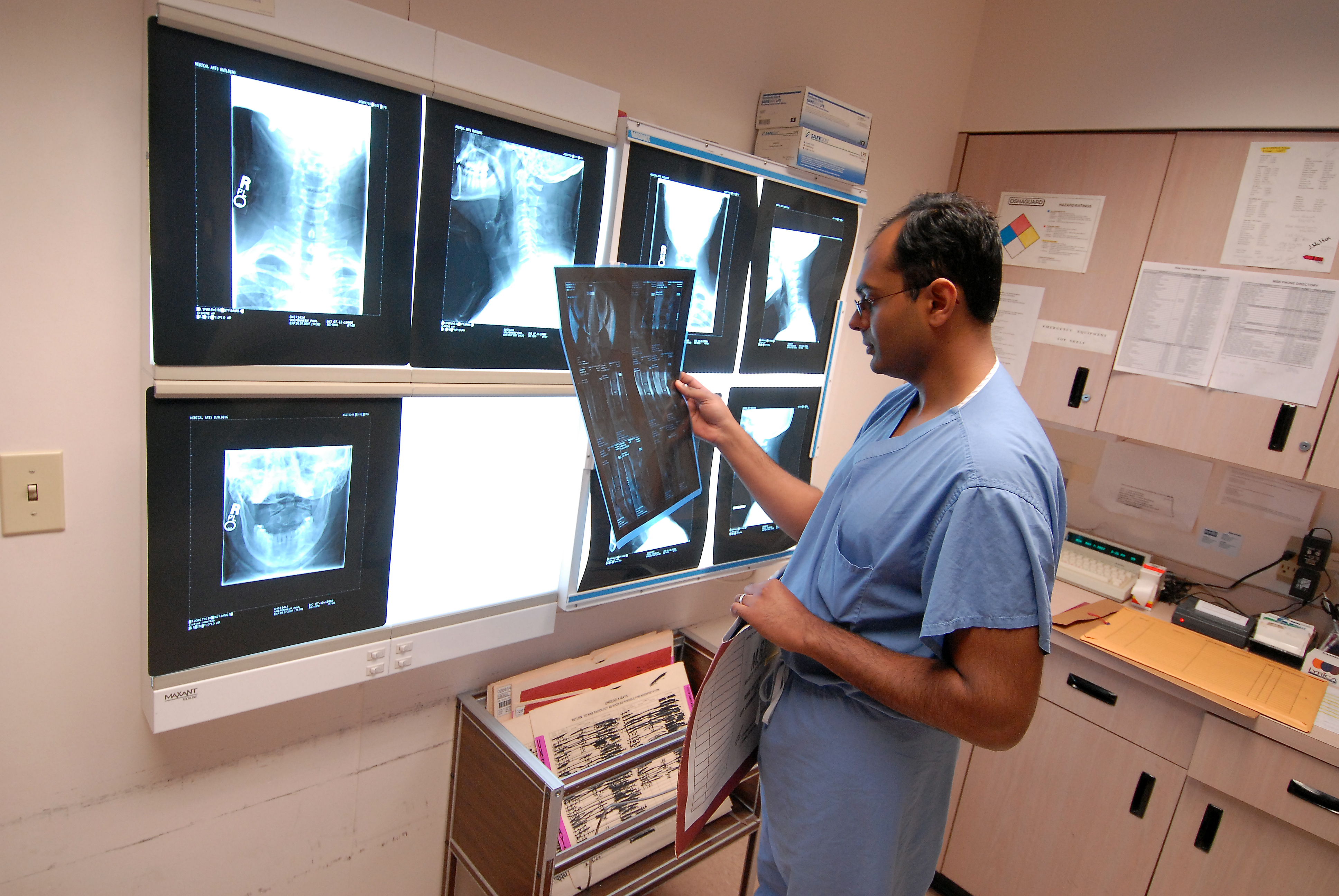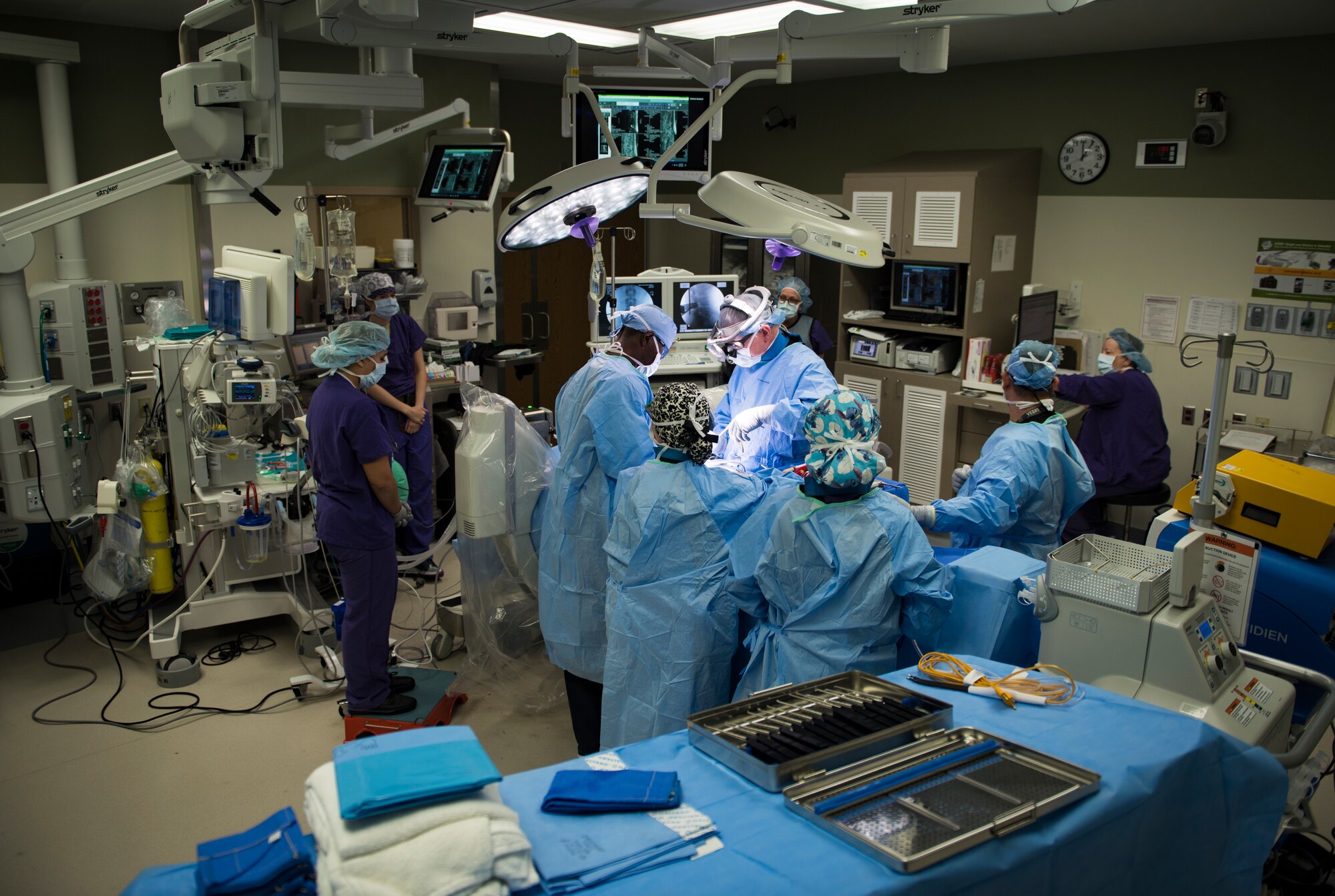What Back Issues Commonly Result In Procedure for Relief?
Spinal column problems that call for medical treatment often occur when conservative therapy options fall short to supply appropriate remedy for persistent discomfort and practical problems. Conditions such as herniated discs, spine constriction, and degenerative disc disease regularly cause procedures targeted at recovering and alleviating symptoms wheelchair. Understanding the certain indications for surgical procedure and the sorts of interventions available is important for both individuals and doctor. As we explore the complexities bordering these spine concerns, it ends up being apparent that the choice to go after medical alternatives is multifaceted and warrants cautious factor to consider.

Herniated Discs
When conventional therapies fail,Herniated discs are a typical spine problem that regularly leads to surgical intervention. This problem happens when the soft inner gel of a spinal disc sticks out via a tear in the tougher outer layer, possibly compressing neighboring nerves. Signs often include localized pain, emitting pain in the arm or legs, and neurological deficits such as tingling or weakness.

Surgery intends to minimize discomfort and bring back function by eliminating the herniated portion of the disc or supporting the impacted back segment. While several individuals experience significant improvement complying with surgical treatment, it is crucial to evaluate the benefits and dangers in consultation with a qualified back professional. Eventually, prompt intervention is vital to prevent additional problems and enhance quality of life for individuals struggling with this devastating problem.
Spine Stenosis
Experiencing spine stenosis can substantially influence a person's mobility and quality of life. This problem happens when the spine canal narrows, positioning stress on the spine and nerves. Frequently seen in the lumbar (reduced back) and cervical (neck) areas, back stenosis frequently arises from degenerative changes linked with aging, such as joint inflammation, disc herniation, or thickening of ligaments.
Signs and symptoms of spine constriction can differ, yet they usually consist of pain, tingling, prickling, and weakness in the extremities. These signs might aggravate with task or extended standing and usually improve with rest. In serious situations, individuals might experience troubles with equilibrium and sychronisation, leading to a heightened threat of drops.
When traditional therapies, such as physical therapy, medicines, and way of living alterations, stop working to relieve signs and symptoms, medical intervention may be considered. Treatments like laminectomy or back fusion goal to unwind the affected nerves and stabilize the spine. Early diagnosis and treatment are crucial in managing back constriction successfully and protecting flexibility, inevitably boosting the patient's overall high quality of life.
Spondylolisthesis
Spondylolisthesis occurs when one vertebra slides onward over the one listed below it, potentially bring about spinal instability and nerve compression. This problem can emerge from different factors, including genetic defects, degenerative changes, injury, or repeated anxiety injuries. Signs and symptoms frequently consist of lower back discomfort, stiffness, and emitting pain in the legs, which can dramatically impact everyday activities and overall quality of life.
Diagnosis typically involves an extensive medical evaluation, imaging studies such as X-rays or MRI, and evaluation of neurological feature. The degree of slippage is categorized into grades, with greater grades showing a lot more extreme variation and a better possibility of medical intervention.

Very early diagnosis and proper monitoring are vital in protecting against additional issues and enhancing patient end results. As spondylolisthesis can cause persistent discomfort and handicap, timely intervention is vital for recovering spine health and wellness.
Degenerative Disc Condition
Degenerative Disc Disease (DDD) is a condition identified by the steady damage of the intervertebral discs, which function as vital shock visit site absorbers between the vertebrae of the spine. As these discs lose hydration and elasticity in time, they end up being much less effective at supporting the vertebrae, bring about increased rubbing and tension on the spine structures.
Patients with DDD frequently experience signs such as persistent back pain, tightness, and decreased flexibility (best spine surgeons in st louis mo). The condition can additionally cause nerve compression if the degenerated discs lump or herniate, resulting in radicular pain, weakness, or feeling numb in the arm or legs
Therapy choices variety from conservative steps, consisting of physical treatment and discomfort administration, to even more intrusive treatments when conservative actions stop working. Surgical interventions, such as back blend or fabricated disc replacement, may be indicated for patients with considerable discomfort and useful impairment.
Spinal Lumps
Spinal lumps, which can be malignant or benign, represent another significant root cause of spine conditions that might demand surgical intervention (best spine surgeons in st louis mo). These lumps can originate within the spine (main lumps) or technique from other components of the body (second tumors) Their existence can bring about various symptoms, consisting of localized pain, neurological deficits, and changes in wheelchair
Surgical therapy for spine growths commonly intends to minimize signs by removing the look what i found growth, maintaining the spine, and attending to any kind of compressive results on the spine or nerves. Indicators for surgical treatment normally include considerable pain not receptive to conventional therapies, or neurological problems resulting from the growth's development.

It is essential for clients offering with signs symptomatic of spine lumps to go through extensive analysis analyses, consisting of imaging research studies and biopsies, to identify the proper strategy (best spine surgeons in st louis mo). Early detection and intervention can considerably boost client results and top quality of life
Verdict
In recap, different back issues, including herniated discs, spine stenosis, spondylolisthesis, degenerative disc disease, and spinal lumps, often require surgical intervention when conventional treatments stop working to provide alleviation. These problems result in considerable discomfort and functional impairment, prompting the factor to consider of treatments such as discectomy, back combination, and laminectomy. Inevitably, medical choices purpose to alleviate discomfort, improve flexibility, and bring back quality of life for people influenced by these incapacitating spine disorders.
Conditions such as herniated discs, back constriction, and degenerative disc disease regularly lead to surgical treatments intended at minimizing symptoms and restoring flexibility.Herniated discs are an usual spinal problem that often leads to medical treatment when traditional treatments fail. Surgical treatments, such as back blend or man-made disc replacement, might be indicated for clients with substantial discomfort and functional disability.Back tumors, which can be deadly or benign, stand for another considerable reason of back problems that might demand surgical intervention.In recap, different back issues, consisting of herniated discs, spinal stenosis, spondylolisthesis, degenerative disc disease, and spinal growths, commonly necessitate surgical intervention when conventional treatments fail to provide alleviation.